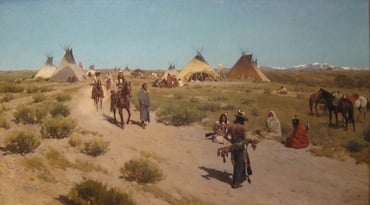1
And the word of Jehovah was unto▵ me, saying,
2
Son of man, What is the wood of the vine more than every tree, the sprig which is among◦ the trees of the forest?
3
Shall wood be taken from it to make something useful? or will they take a peg from it to hang any vessel on it?
4
Behold, it is given to the fire to be··eaten··up; the fire eats··up the two ends of it, and its midst is··ablaze. Will it prosper for any use?
5
Behold, when it was perfect, it was not made for a use; yea when◦ the fire has eaten· it ·up, and it is··ablaze, is it still made for a use?
6
Therefore thus says the Lord Jehovih*; As◦ the wood of the vine among◦ the wood of the forest, which I have given to the fire for food, so will I give those who dwell··in Jerusalem.
7
And I will put◦ My faces against◦ them; they shall go··out from one fire, and another fire shall devour them; and you shall know that I◦ am Jehovah, when I set My faces against◦ them.
8
And I will make the land desolate, because they have trespassed a trespass, says◦ the Lord Jehovih.







